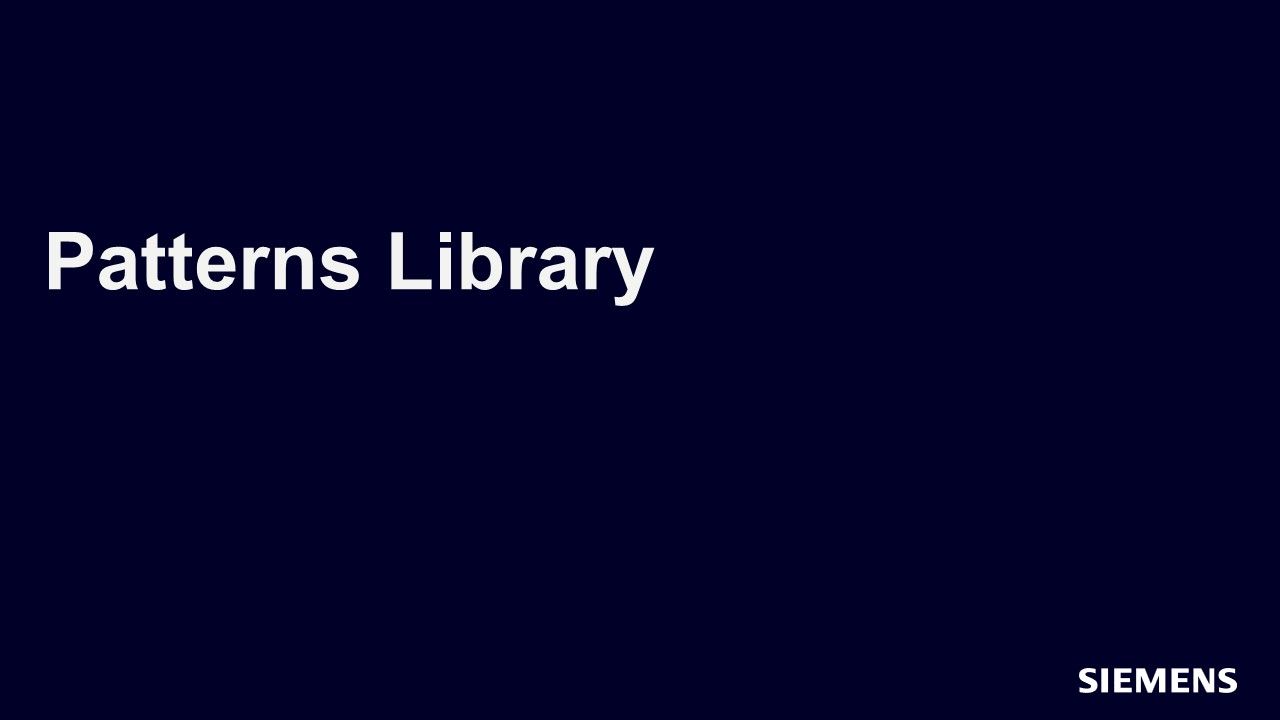Patterns Library
The Verification Academy Patterns Library contains a collection of solutions to many of today's verification problems. The patterns contained in the library span across the entire domain of verification (i.e., from specification to methodology to implementation—and across multiple verification engines such as formal, simulation, and emulation).

Full-access members only
Register your account to view Patterns Library
Full-access members gain access to our free tools and training, including our full library of articles, recorded sessions, seminars, papers, learning tracks, in-depth verification cookbooks, and more.